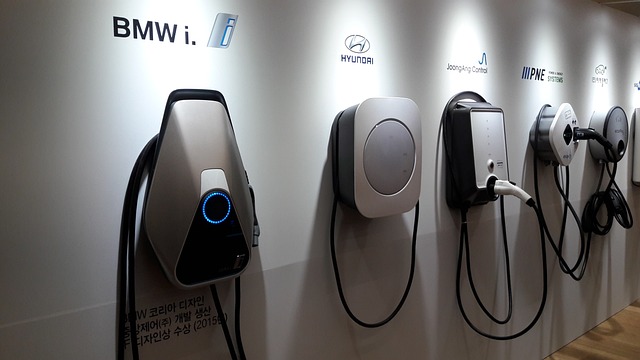As the popularity of electric vehicles (EVs) continues to grow, so does the need for efficient charging solutions. While traditional charging stations have been the primary method for recharging EVs, battery swapping has emerged as a potential alternative. Battery swapping involves replacing a depleted battery with a fully charged one, allowing for a quick and convenient way to extend the range of electric vehicles. In this article, we will explore the advantages and challenges associated with electric vehicle battery swapping.
Advantages of Electric Vehicle Battery Swapping:
Reduced Charging Time: One of the primary advantages of battery swapping is the significantly reduced charging time compared to traditional charging methods. While charging an EV at a charging station can take several hours, battery swapping can be completed in a matter of minutes. This rapid exchange allows for increased efficiency and eliminates the need for lengthy charging stops during long-distance travel, making it more convenient for EV owners.
Increased Driving Range: Battery swapping enables electric vehicle owners to extend their driving range without the need to wait for a battery to charge fully. By exchanging a depleted battery for a fully charged one, EVs can quickly resume their journey, eliminating range anxiety and providing a comparable experience to refueling at a conventional gas station. This flexibility can make electric vehicles more appealing to consumers, particularly for those who frequently undertake long trips.

Infrastructure Scalability: Battery swapping offers a scalable infrastructure solution for widespread EV adoption. Unlike traditional charging stations that require significant investments in upgrading electrical grids and installing charging equipment, battery swapping stations can be deployed more rapidly and at a lower cost. This flexibility allows for the establishment of a network of swapping stations in strategic locations, ensuring widespread accessibility and reducing concerns about charging infrastructure limitations.
Battery Longevity: Battery swapping can have a positive impact on the lifespan of electric vehicle batteries. Charging and discharging cycles are known to affect battery health, and high-power fast charging can accelerate degradation. With battery swapping, the charging process can be optimized to minimize stress on the battery, thus potentially increasing its longevity. By regularly swapping batteries, fleet operators and shared mobility services can ensure that their vehicles have access to well-maintained and high-performance batteries.
Challenges of Electric Vehicle Battery Swapping:
Standardization and Compatibility: One of the significant challenges of battery swapping is the lack of standardization and compatibility among different electric vehicle models. Each manufacturer tends to have a unique battery design, size, and placement, making it difficult to develop a universally compatible battery swapping infrastructure. Without standardization, swapping stations would need to accommodate various battery types, adding complexity and cost to the overall system.

Investment and Infrastructure Deployment: Implementing a battery swapping infrastructure requires substantial investment and planning. Building and maintaining swapping stations, procuring an adequate supply of batteries, and managing logistics for battery transportation all incur significant costs. Additionally, the need for a sufficient number of swapping stations to provide wide coverage poses a challenge, especially in less densely populated areas or regions with limited resources.
Battery Ownership and Maintenance: Battery swapping raises questions about ownership and maintenance responsibilities. In a swapping model, the batteries themselves are typically owned and maintained by a service provider. However, this creates concerns for EV owners regarding the quality, age, and maintenance of the swapped batteries. Trust and transparency are crucial factors in ensuring that the swapped batteries are in optimal condition and do not negatively impact the vehicle’s performance or longevity.
Limited Applicability: Battery swapping may not be suitable for all types of electric vehicles. Some EVs have unique battery configurations or larger battery capacities that make swapping more challenging or inefficient. Additionally, certain electric vehicles, such as those used for heavy-duty applications or commercial purposes, may have specialized battery requirements that make swapping less feasible. In such cases, traditional charging methods or alternative solutions may be more appropriate.
Conclusion:
Electric vehicle battery swapping presents both advantages and challenges in the realm of EV charging infrastructure. While it offers reduced charging time, increased driving range, and scalability potential, addressing issues related to standardization, infrastructure deployment, battery ownership, and limited applicability is crucial. As the electric vehicle industry continues to evolve, stakeholders must work together to overcome these challenges and develop a robust and efficient battery swapping ecosystem that complements other charging methods and accelerates the widespread adoption of electric vehicles.

